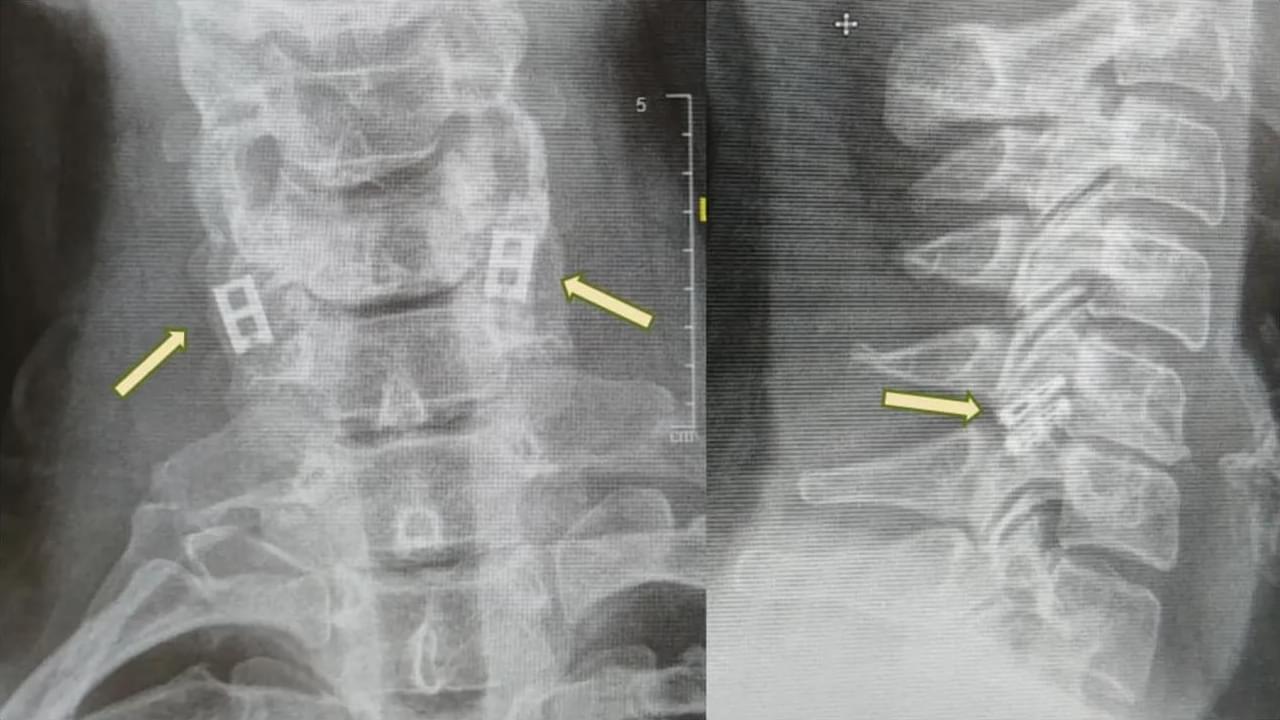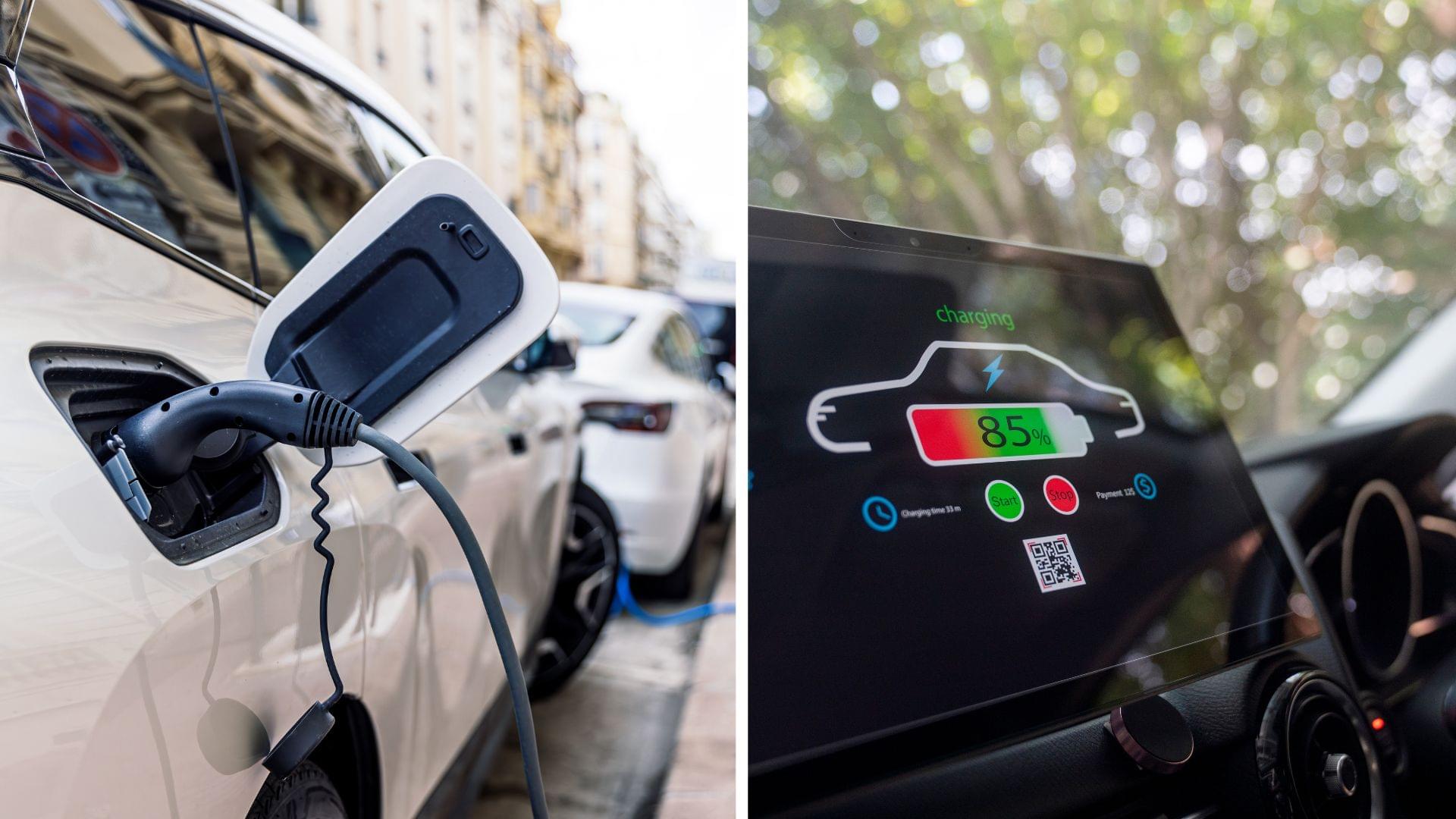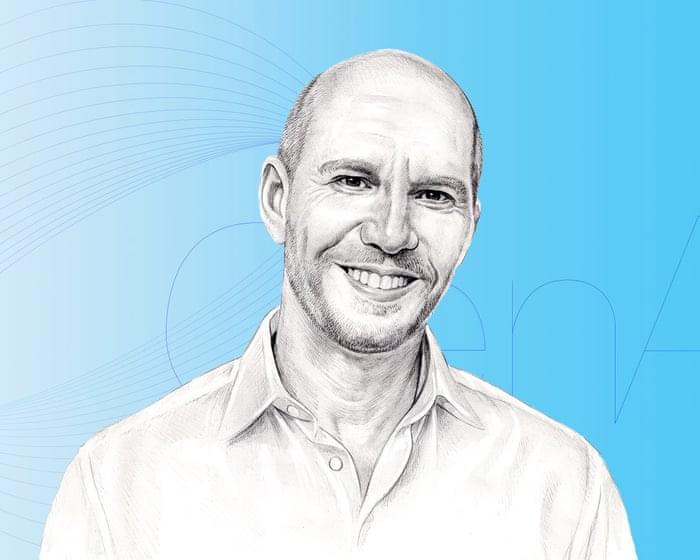According to the World Health Organization, over 15 million people worldwide are living with spinal cord injuries, with the majority resulting from traumatic causes such as falls, road traffic accidents, and violence.
Currently, spinal cord injuries cannot be fully cured, so treatment focuses on stabilizing the patient, preventing further damage, and maximizing function. Emergency care often involves immobilizing the spine, reducing inflammation, and sometimes performing surgery to repair fractures or relieve pressure.
Rehabilitation includes physical and occupational therapy, as well as assistive devices like wheelchairs and braces. While experimental therapies—including stem cells and robotic devices—are being explored, no treatment yet reliably restores full spinal cord function.
Spinal cord injuries are one of the few human injuries where the body cannot naturally heal itself, and the tissue is both structurally complex and extremely sensitive.
“The spinal cord transmits electrical signals from the brain to all parts of the body. When it is severed by trauma—such as a car accident, a fall, or a combat injury—the chain is broken. Think of an electrical cable that has been cut: when the two ends no longer touch, the signal cannot pass, and the patient remains paralyzed below the injury,” explained Professor Tal Dvir, head of the Sagol Center for Regenerative Biotechnology and the Nanotechnology Center at Tel Aviv University, who is leading the effort. Dvir is also the chief scientist at Matricelf, the Israeli biotech company commercializing the technology.
Tel Aviv University announced on Wednesday that the surgery will take place in Israel, marking a historic milestone in regenerative medicine.








